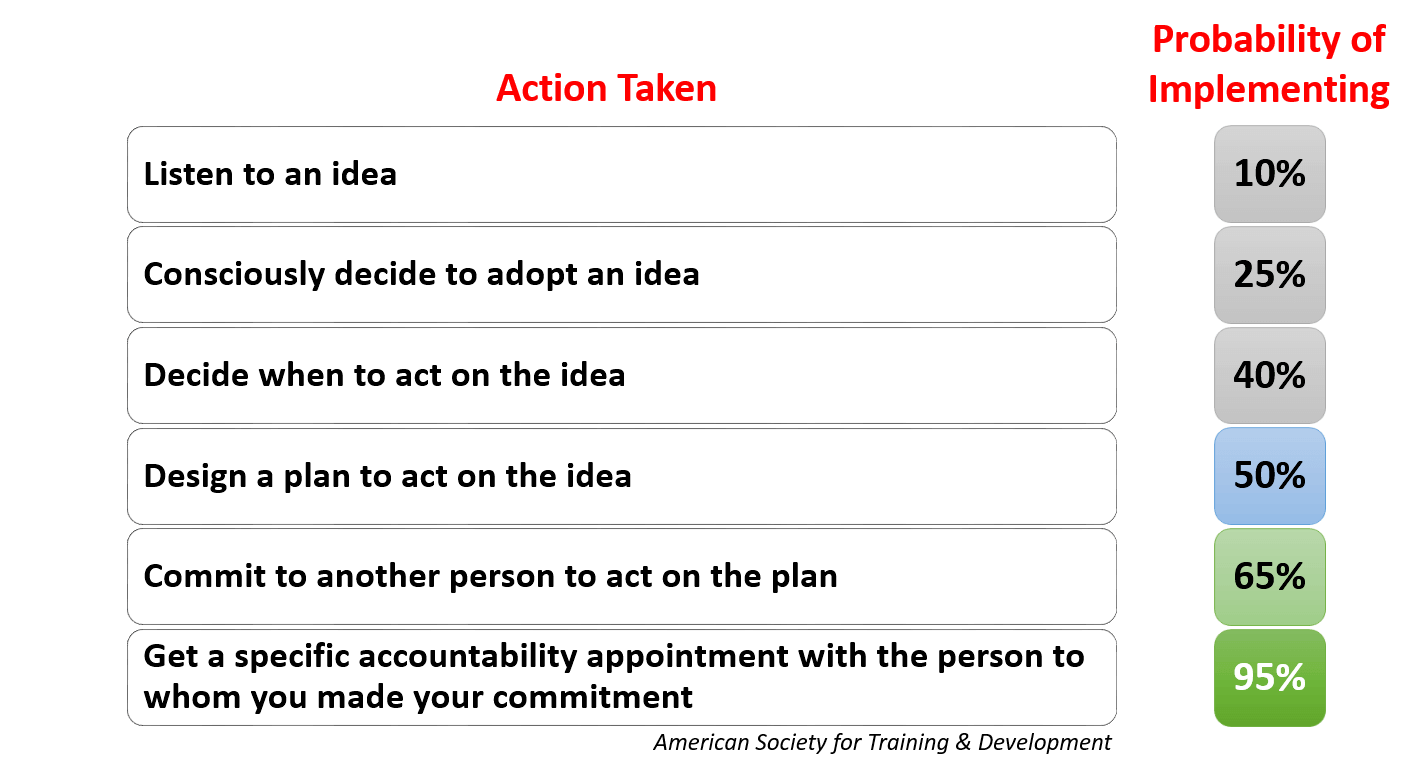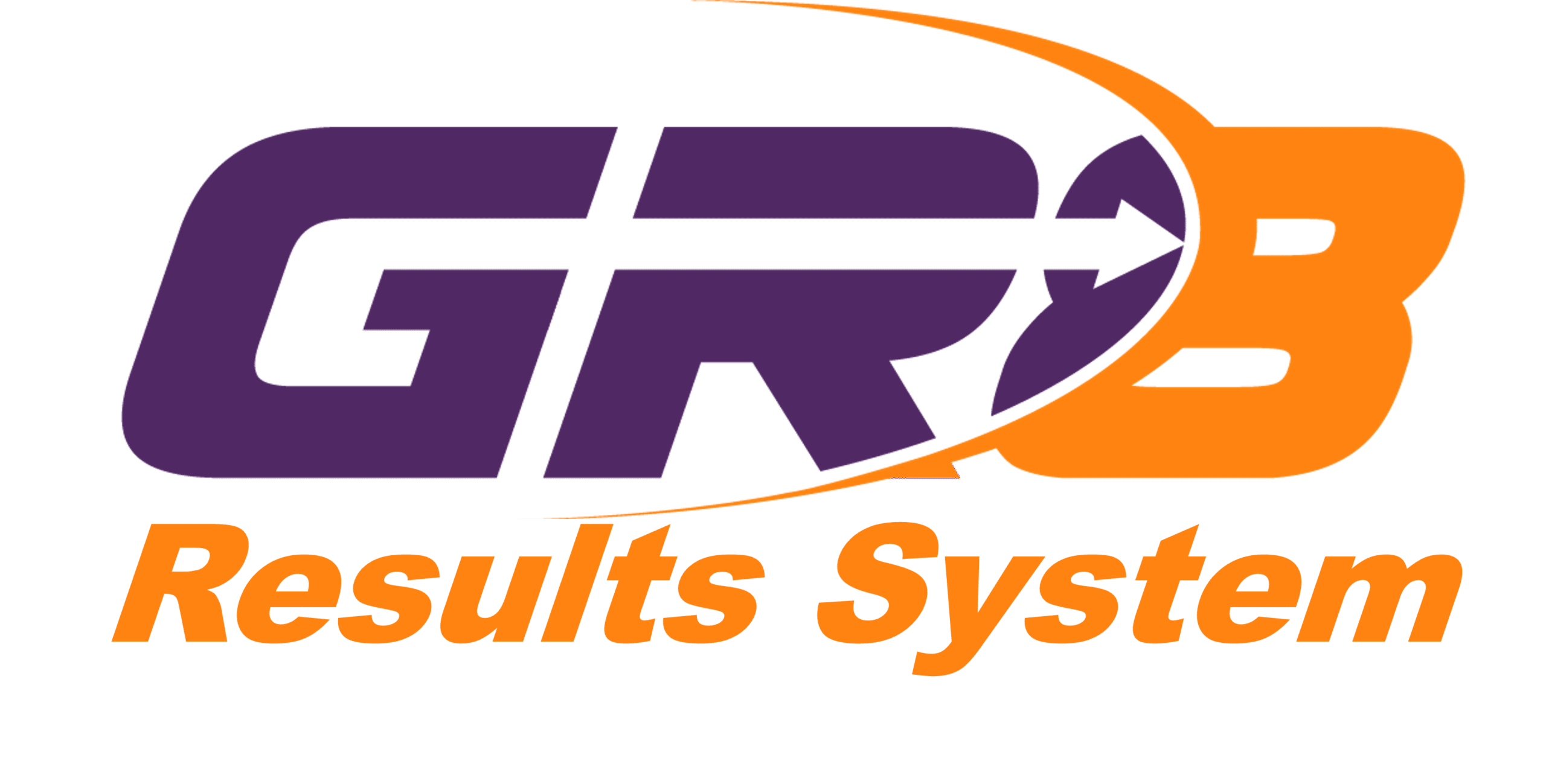It’s time to take action, learn, and adapt! By defining your destination (THERE), understanding your current position (HERE), and outlining the steps along the way with a Personal Planning Form, you're already off to a strong start in accomplishing your goals. You’ve got a sense of how to move forward—now it’s time to put that plan into action.
The THP method helps you develop a strategy, but there’s no way to guarantee it will work perfectly. As we like to say, "Good plans eventually turn into action!" The reason for this is that having a clear understanding of WHERE you want to go and WHERE you are now fuels your motivation and energy. Once you know your starting point and your destination, along with the actions needed to bridge the gap, it’s time to take the first steps. So, let’s get moving—Act, Learn, and Adjust!

Action is Key to Achieving Results
"The beginning is half of every action." – Greek Proverb
Some people dive into experimentation without much planning, while others prefer to create detailed strategies before taking action. The creative process embraces both approaches, incorporating the concepts of THERE, HERE, and PATH into the planning process.
If you’re able to create strong plans that minimize risks, that’s fantastic! However, it’s important to remember that while plans are essential, it’s action that drives progress. Action is what shows whether your plan is working. Once you’ve created your plan, it’s time to Act, Learn, and Adjust because plans are never perfect, and neither is life.
But some people continue to search for the "perfect" plan. In reality, this is a waste of time, as perfect plans simply don’t exist. Be cautious; projects can come to a standstill when you get caught up in the search for the "perfect" strategy.
General Carl von Clausewitz, the father of strategic military planning, had a memorable quote. His wisdom is a reminder of the importance of plans, but also of the understanding that they are never flawless.
No campaign plan survives the first contact with the enemy…It is even better to act quickly and err than to hesitate until the time of action is past. General Carl von Clausewitz
So, plan, but move quickly to acting! In other words, Act—Learn—Adjust.
Iterative Actions and Adjustments
“Action without reflection is mindless” - Henry Mintzberg
The creative process isn’t like a manufacturing process. While others may have accomplished what you're aiming to do, it's likely that you haven’t done it yet. This means you are embarking on creating something new, at least for yourself.
Though the creative process is driven by the framework of THP, it is powered by ALA (Act—Learn—Adjust) as you begin your journey along the PATH. Since creativity is at play, make sure to LEARN from each action you take as you move forward.
ACT – Assess the outcome of your action.
LEARN – Did it help or hinder progress?
ADJUST – Take the next step based on what you’ve learned.
By applying ALA, you will:
Gain knowledge and experience through action.
Discover what works and what doesn’t.
Revise your plans to better align with the present situation.
Keep progressing toward your goal—one step at a time.
You can find an example of ALA in action in Abraham Lincoln's quote below:
Focus on the Next Step
When President Lincoln was asked how he would approach postwar reunification he said, “I’m going to use the same system as the Mississippi riverboat captains. They look out as far as they can see, which typically is just the first bend in the river, and they navigate to that point. When they get to that point, more of the river opens up and they can navigate to the next point…That’s the only way I can see managing such a massive change: navigating from point to point.” – Harvard Management Update, July 2001
ALA's essence is navigating from one action to the next but always keeping THERE in mind.
When Actions Aren't Working
As you work toward your clearly defined goal (YOUR THERE), it's easy to get off course and feel confused about what you're doing. At times, you may even feel overwhelmed, as if you're trapped in a maze with no way out. This often happens when the tasks ahead are complicated or draining. Your focus shifts from the end goal (THERE) to the current task or its details. If you’re not careful, you can lose sight of why you’re doing these tasks in the first place—your desired outcome.
When this happens, take a step back and assess your state using the HALT method. HALT is a valuable acronym from many 12-step programs that can be applied to your work. Pay attention to these signs that might be affecting your focus:
H – Hungry
A – Angry
L – Lonely
T – Tired
Sometimes, S – Sick, can be an important addition. During these times, your attention shifts from your values and aspirations to your immediate needs, desires, or comforts. This causes you to focus solely on what’s in front of you, losing sight of your ultimate goal (THERE).
When this happens, take time to rest, regroup, and refocus on your end goal. This will help clear the overwhelm, confusion, and mental fog, allowing you to return to clarity and strengthen your commitment to reaching THERE.
To keep moving forward, remember that you can always rely on the Act—Learn—Adjust approach to stay on track!
Tools to Help You Take Action
Since you’re committed to reaching your goal, here are some tools to keep you acting toward your destination:
Daily Focus Form
I use the Daily Focus Form nearly every workday. It should be straightforward, but the first time you fill it out, it might take a bit of time as you’ll need to list your goals and break them down into tasks. For the first time, identify your goals and outline actions you’d like to complete in the next seven days. If you’re not planning to focus on a particular goal, leave that column blank, but make sure to list tasks for the Next 30 Days.
Once you've filled it out, review the form each morning to identify the top 1-3 tasks you will focus on that day. Personally, I find an electronic version works best for me.
Learn from the Past, Plan for the Future
This tool helps you define your goal (THERE) and anticipate obstacles that might arise as you move forward on your path. It’s a form to use occasionally, not as frequently as the Daily Focus Form. Simply follow the instructions to reflect on past experiences and plan for potential challenges ahead.
Accountability Partners
Having Accountability Partners can significantly increase your productivity. Research shows that people who have accountability partners are more likely to achieve their goals. If you want to get things done, this tool is incredibly effective, so be sure to make use of it.

With those three tools and ALA (Act—Learn—Adjust) in your pocket, you only need persistence to finish the creative process!
Let's get some things done.
